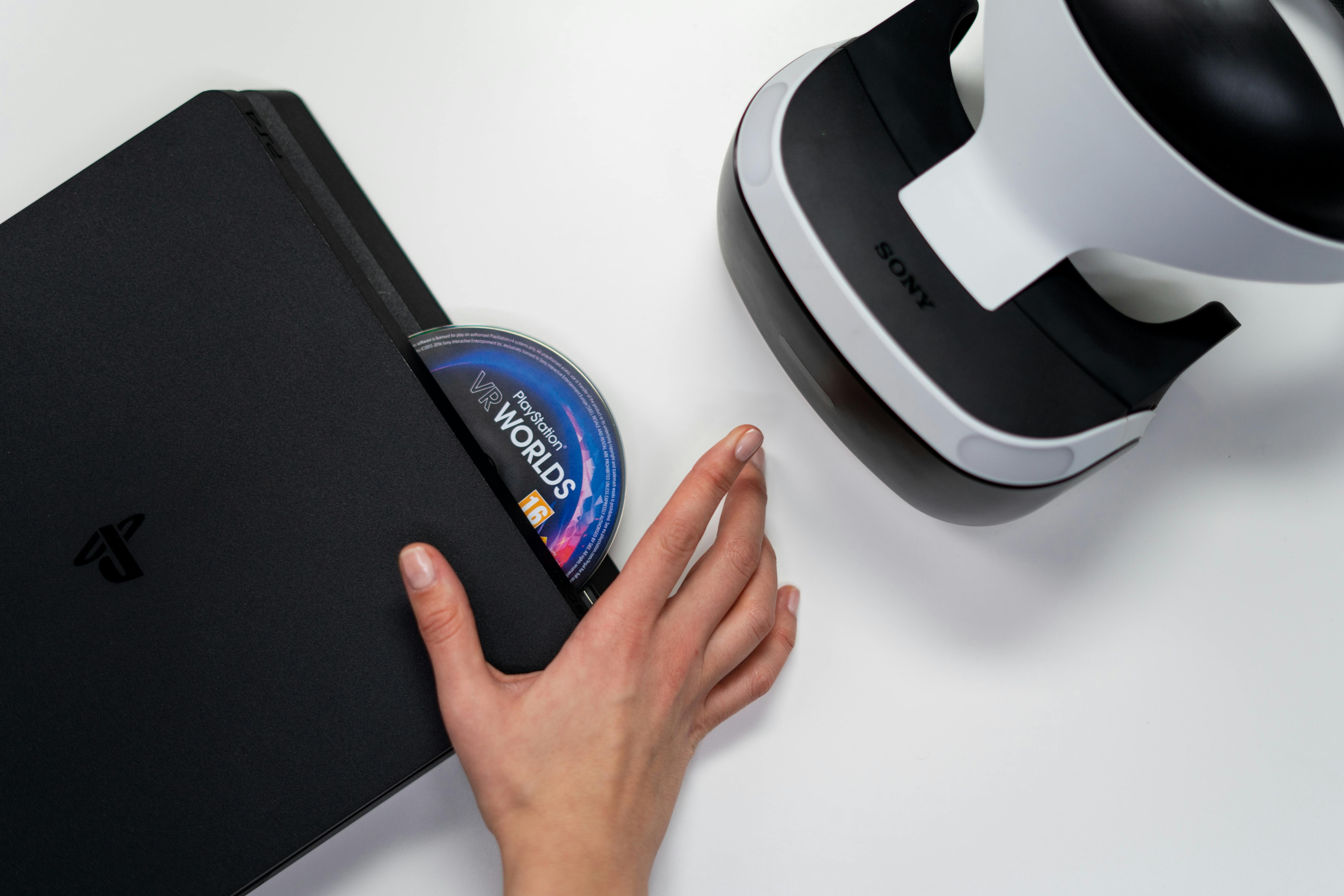In commercial properties, the handover of premises is a critical time to take note of important issues and matters that require attention. These notes can then help the tenant or landlord in any matter of debate or dispute. There is a delivery and the beginning of the occupation and again at the end of the occupation.
In all respects, the occupation of the tenant and the delivery of the premises must be in accordance with the lease. This says that you, as the property or tenancy manager, must read the lease and understand it. Even on a single property with many different tenants, lease agreements can and often are different. The ‘set-off’ clauses and ‘pass-through provisions’ of the lease are unique and must be understood in relation to each lease.
Taking photos is also part of the documentation of the facilities at the time of delivery. It is recommended that photographs taken be date and time stamped on the camera, and that photographs are subsequently saved as ‘gif’ files and not ‘jpg’ files. This is because ‘gif’ files are a more stable and fixed format that cannot be manipulated by software editing tools such as ‘Photoshop’. If you want the photograph to be evidence of something important, then the ‘gif’ format is a reliable option.
While each lease is unique, let’s lay down some rules to give you some benchmarks to work from upon delivery. You can then add a few other matters that may be applicable to the location or property you work on.
- Take photos in ‘gif’ format as evidence of important things and presentation levels
- When taking pictures, it pays to put a scale reference, such as a ruler, on the image.
- Take notes of any comments or agreements by either party to the lease.
- Check all walls and painted surfaces for damage or current condition, taking photographs as appropriate to record current condition
- Check roof tiles and T-bars for roof presentation and integrity
- Look above ceilings to successfully remove any unnecessary wiring that should have been removed.
- Check all floor coverings for damage or deterioration beyond normal “wear and tear”
- Look for any existing floor or wall penetrations or those that need to be repaired and note that any penetrations must be fire rated per local building code standards.
- Check the operation of the air conditioning and note any need to balance the air conditioning due to equipment or partitions altered or installed in the leased space
- Check lights and light switches to see if they are working and safe. It may be necessary to replace all tubes in light fixtures as part of the lease repair provisions.
- Check all doors and locks for safety and security. Don’t overlook the need for doors and locks to comply with all building codes. All door keys must be provided or returned as appropriate. If a master key system is installed in the building, verify that all keys comply with the master system
- Check windows to see if they work, protect and secure
- Verify the electrical supply to the tenancy and any measurement of energy consumed
- Verify the installation and compliance with any local signage and that it is in accordance with the architectural standards established for the building.
- Look for any issues of change in the structural integrity of the building and facilities.
- As part of the verification process, it is sometimes worth having homeowners’ contractors inspect the premises and provide a full report of any complex or sensitive issues. This will support any subsequent legal disputes over the correct terms and conditions.
When keys are exchanged between the tenant and the landlord, or between the landlord and the tenant, a receipt must be obtained as proof of the handing over of keys. The actions of the real estate agents in the delivery to any tenant must also be supported by notes. It’s surprising how many disputes arise later, when you least expect it; in such a case, your notes are invaluable.
Never return deposit money or bank guarantees to tenants until you are absolutely certain that all the requirements of the lease have been met. It should also be noted that all compensation must have been made prior to the expiration of the lease; it is not something that is done after the lease expires.
Efficient repair and handover procedures are a critical skill for the real estate agent to develop and implement in every leasing situation.

